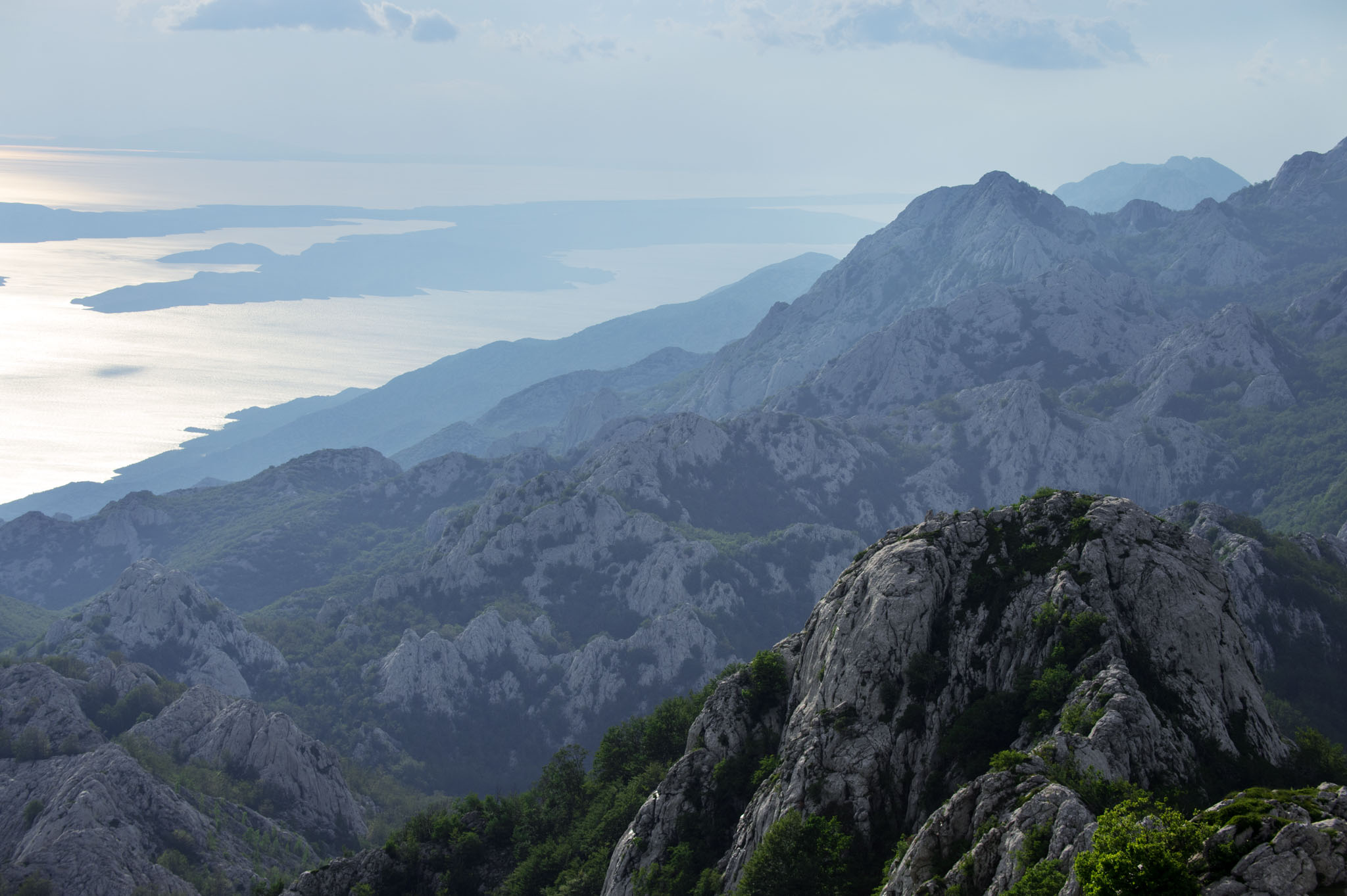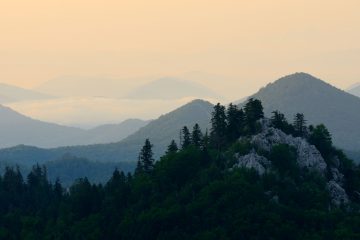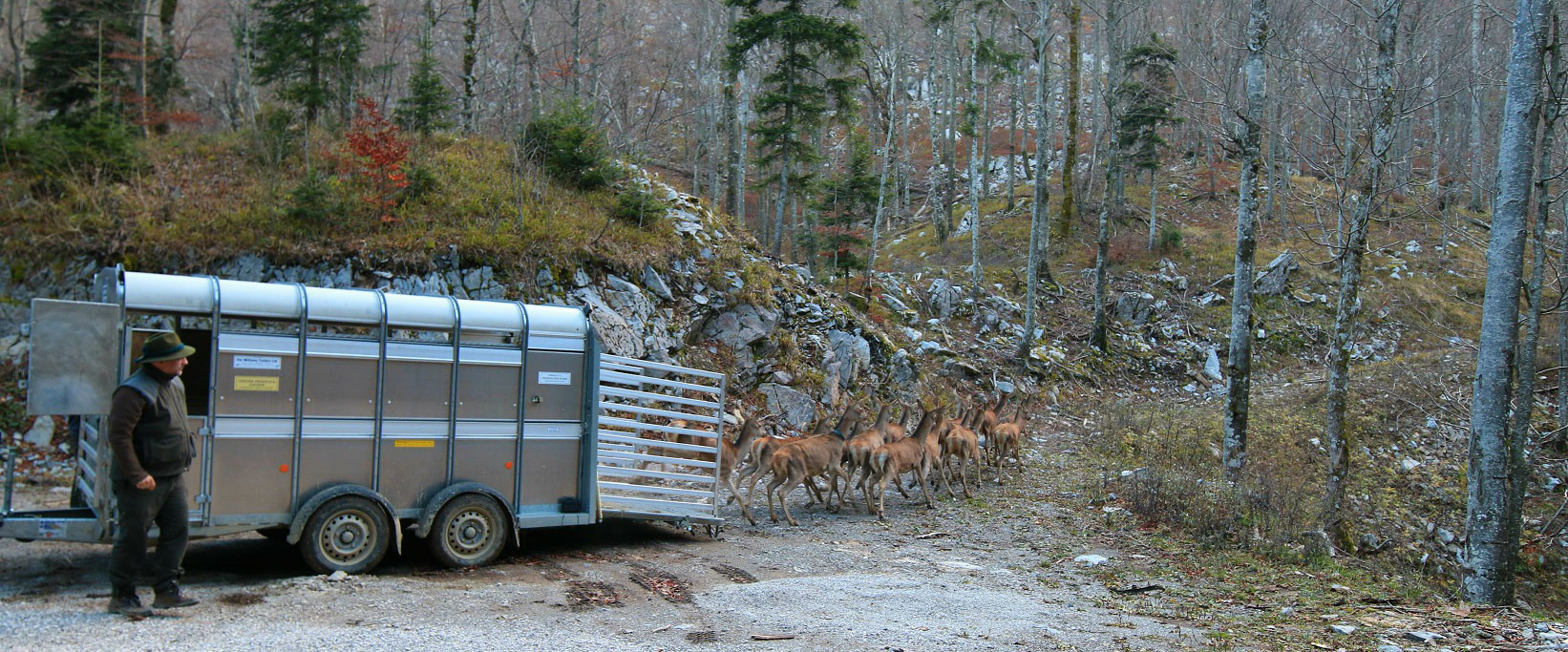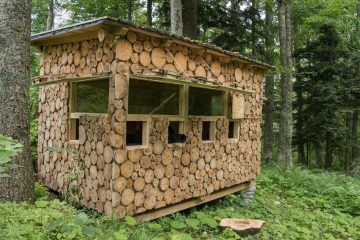In the heart of Croatia’s stunning Velebit Mountains, a new way of managing wildlife is revitalising local economies and wild nature.

A different approach
Davor Krmpotic is a Velebit man through and through.
“These beautiful Croatian mountains have been feeding my family for four generations,” says the Rewilding Velebit team leader. “I was born here, and my bones will be left here.”

It’s not hard to understand Krmpotic’s attachment to the land. Situated on the Adriatic coast of Croatia, the 145-kilometre long Velebit massif is one of the most biodiverse areas in the Balkans, an eclectic mix of unique habitats that supports species such as the Balkan chamois, red deer, brown bear, wolf and Eurasian lynx.
Against the backdrop of such natural abundance, socio-economic conditions in the Velebit have undergone dramatic change over the last 50 years. In many areas, this beautiful region is now characterised by a negative spiral of rural exodus, associated land abandonment and fading cultural tradition. Rewilding Europe is now working with local partners to transform these problems into opportunities.
In the 17,000-hectare Velebit Wildlife Reserve, a hunting concession situated between the Velebit Nature Park and Northern Velebit National Park, a new dynamic is gradually emerging. Thanks to the efforts of Krmpotic and his team, the rewilding process is now offering a fresh approach to wildlife management and local economic development.
Mutually beneficial cooperation

Hunting in Croatia remains popular. In the Velebit Wildlife Reserve, its legacy can be seen in the critically low populations of species such as red deer and chamois.
“Hunting has had an undeniably huge impact on the reserve,” says Krmpotic. “But hunters and the local hunting association claim that they can also play an important role in supporting wildlife comeback.”
Rewilding Europe has no specific hunting interest itself, but believes that the successful rewilding of many areas, and particularly the support of wildlife comeback, demands practical cooperation with the hunting sector.
“In the Velebit, both hunters and conservationists actually want healthier ecosystems and more wildlife,” says Krmpotic. “Our biggest achievement has been to resolve the long-term local conflict between these parties, using rewilding as a bridge.”
Positive impact
Rewilding Europe purchased a controlling share in the Velebit Wildlife Reserve in 2015, with the aim of establishing a priority area where rewilding and enterprise activities could be developed. In this regard, the efforts of Davor Krmpotic and his team have already started to bear fruit. The conditions of the habitat in the reserve are already improving, with memorandums of understanding recently signed with the two adjacent national parks.
Discussions with the Croatian Ministry of Agriculture, as well as local hunters and hunting associations, have seen the creation of a large breeding / no-take zone to let wildlife species recover, increased control of poaching, and a moratorium on the hunting of red deer and chamois in the reserve introduced. This ban is expected to continue until populations of both species reach more sustainable numbers.

To boost this recovery process a group of 36 red deer was released into the concession in 2016, with another release planned for 2018. A number of animals have been fitted with GPS collars. As the Rewilding Velebit team tracks their movement, this should provide useful insight into red deer movements, and help to improve wildlife management in other areas.
“Scientific validation of our rewilding efforts here is essential,” says Krmpotic. “As we adopt a new management model, this area can also act as a natural laboratory.”
An enterprising future
Davor Krmpotic is proud of the progress that he and his team have made over the past few years. But he also recognises that the rewilding process in the Velebit Wildlife Reserve is still in its infancy.

“It’s too early for the glorification of our actions,” says the Croatian. “Rewilding is still at a delicate stage, and natural processes follow their own speed, rather than a speed dictated by humans. But the level of coooperation, trust and support that we have now built amongst stakeholders, especially the hunting community, means I’m really positive about the future.”
The comeback of wild nature, combined with Velebit’s unique cultural identity, is creating new business opportunities in the reserve, attracting young, entrepreneurial people to the area, as well as more domestic and international visitors.
While there are still numerous challenges to overcome in terms of accessibility and infrastructure, the trend toward nature-based tourism in the Velebit Wildlife Reserve is clear. Two wildlife watching hides opened here in 2016, with two more set to open in 2018, and there are plans to develop a safari-style mobile tented camp.
“This is a part of Europe where residents still value their connection with nature,” says Krmpotic. “We’re now at a stage where more and more local people can and want to share that connection with the wider world, in a way that benefits themselves and local biodiversity.”
- Read more about Rewilding Europe’s work in the Velebit Mountains.
- Visit the Rewilding Velebit Facebook page.
- Experience wildlife watching in the Velebit rewilding area with the European Safari Company.
The work of Rewilding Velebit is carried out in cooperation with Zagreb University and the Croatian Ministry of Agriculture, and made possible by the Adessium Foundation.
